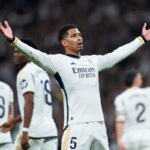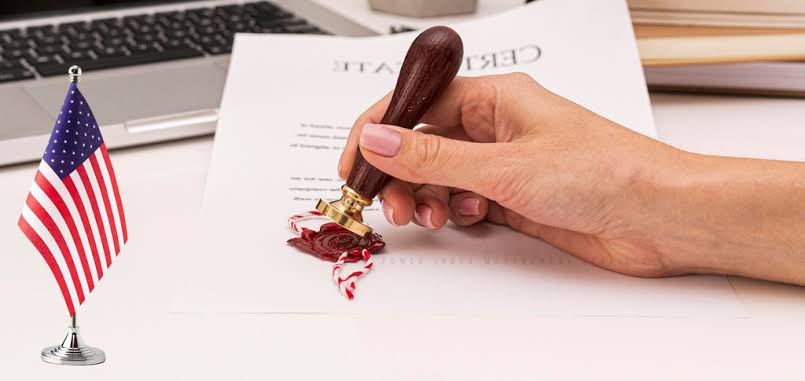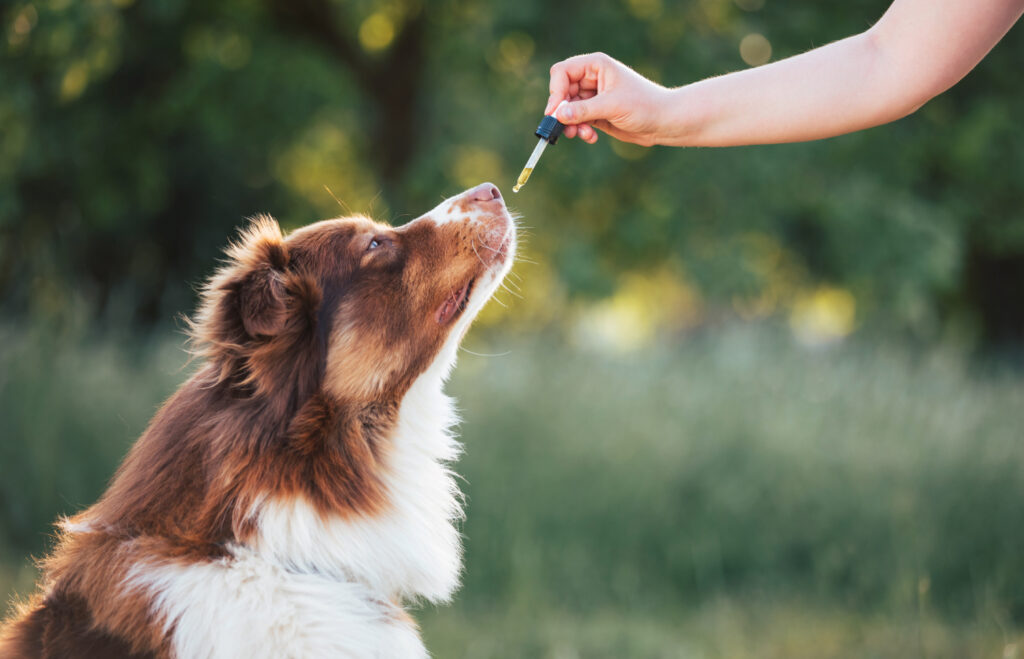
The 2025 Preakness Stakes is fast approaching, marking the 150th running of this iconic race. As the second leg of the Triple Crown, it draws serious attention from racing fans, casual viewers, and bettors alike. With the big day near, conversations about the field, frontrunners, and possible upsets are picking up quickly. The urge to place a smart wager grows stronger as the starting gate appears.
With all the buzz, it’s easy to overlook how odds are set and why they continue to shift. The numbers posted ahead of race time aren’t just guesswork. They come from real-world performance data, expert input, and betting activity. To better understand what moves the lines, it helps to look at the key factors that shape how odds develop throughout race week.
Here are five essential factors that influence the odds leading up to the Preakness Stakes.
1. Review the Horse’s Racing History
In Preakness betting, a horse’s recent race results are one of the most critical factors influencing the odds you’ll see on betting platforms. Whether you’re browsing a sportsbook or using a racing app, odds are shaped by how each horse performed in prior races—especially at similar distances and competition levels. Bettors and oddsmakers place greater value on recent performances, as they offer the clearest picture of a horse’s current form and race-readiness.
Other parts of a horse’s profile also come into play. How a horse handled different track types, weather conditions, and travel schedules can reveal important patterns. For example, a strong result in the Kentucky Derby usually tightens odds heading into the race. This data helps shape the starting odds, but those numbers often move as the race approaches and more information becomes available.
2. Consider the Jockey’s Skill and Record
A talented jockey can make a measurable difference in a horse’s performance, especially in a high-pressure race like the Preakness. Bettors often look at a jockey’s experience at Pimlico, their previous wins in Triple Crown races, and their success with specific horses. A well-known jockey with a proven record can boost a horse’s odds, even if the horse is considered a long shot on paper.
Partnerships between a jockey and a horse also matter. If the two have worked together and achieved strong results, that familiarity can be a major advantage. Bettors notice these patterns and often shift their money accordingly. That betting activity can change odds quickly, particularly once race day draws near and final lineups are announced.
3. Evaluate the Track Conditions
Track conditions have a direct impact on how horses perform. Rain can create a muddy track, while heat can dry it out, making it firmer and faster. Some horses are known to perform better on certain surfaces, so changes in weather forecasts can quickly influence public expectations and odds. When bettors know a horse struggles in the mud, they’re likely to avoid it if rain is in the forecast.
This also applies to trainers and jockeys who know how to adjust strategies based on surface changes. A team that thrives under uncertain conditions may gain more confidence from the public, which then shifts betting patterns. Track conditions can’t be fully predicted days in advance, so the odds often react to weather reports as late as the morning of the race.
4. Watch the Post Position Draw
The gate a horse starts from can shape how it runs the race. At Pimlico, certain positions offer better angles or quicker access to the lead. For example, a horse stuck on the far outside may have to expend more energy early, which affects its overall stamina. Oddsmakers factor this into their opening numbers, and bettors often react strongly once post positions are officially announced.
Post draw impacts strategy, too. Trainers may change how a horse is ridden depending on its position. Horses that like to run up front might struggle if they start too far back. These details matter more in a tightly contested race like the Preakness, where every second counts. That’s why it’s common to see sudden shifts in odds right after the draw.
5. Follow the Public Betting Trends
The odds you see aren’t only based on expert analysis. They’re also shaped by public behavior. When large amounts of money are placed on one horse, the odds adjust in response. This can cause a favorite to become even shorter, or a long shot to drop unexpectedly in value. It’s not always a reflection of true potential but rather of where the money is going.
Some bettors intentionally watch these movements to look for overlooked value. If a horse’s odds increase because the public focuses on another, it might offer a better payout without being any less competitive. The betting market is constantly shifting, especially in the final 24 hours. Understanding these trends helps you interpret whether the odds reflect insight or just crowd enthusiasm.
Bet Smart, Not Fast
Placing a bet on the Preakness should feel exciting, not rushed or uncertain. Taking a moment to understand how odds work gives you more control and a clearer perspective on what’s really happening behind the numbers. Whether you’re betting for fun or looking for a solid return, a thoughtful approach will always put you in a better position than a quick guess.





